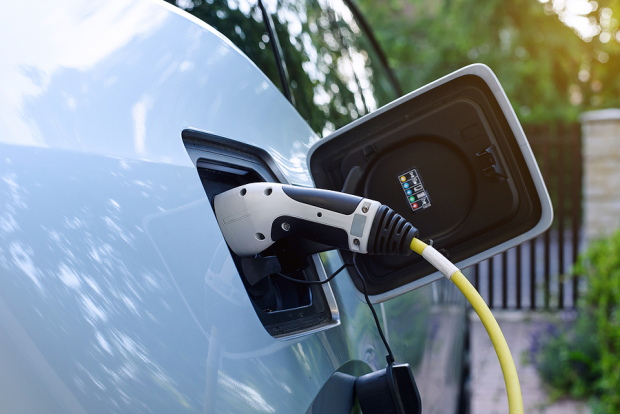The Race to Dominate the Electric Vehicle Market: Tesla vs. BYD
In the rapidly evolving world of electric vehicles (EVs), the competition to lead the industry is intensifying. While Tesla has long been considered the pioneer of this movement, the landscape is changing with China’s BYD Co. Ltd. emerging as a formidable competitor. Initially a battery manufacturer, BYD has leveraged its technological expertise to become a significant player in the global EV market.
BYD briefly surpassed Tesla in EV sales at the end of 2023 and continued to maintain a strong position in 2024. By the first quarter of 2025, BYD delivered over 416,000 battery electric vehicles (BEVs), surpassing Tesla’s 336,000 deliveries and marking its second consecutive quarter at the top. Tesla, meanwhile, has experienced a decline in both year-over-year and quarter-over-quarter deliveries.
Challenges and Opportunities for Tesla
Tesla is facing mounting challenges in its core markets, including the United States, Europe, and China, where sales are declining. The company’s once unrivaled brand appeal is also waning. Complicating matters, CEO Elon Musk’s involvement in the Department of Government Efficiency has sparked concerns about his dedication to Tesla during this critical period. Although Musk remains optimistic about vehicle sales growth, he has lowered his previous forecast of 20–30% growth.
Despite these difficulties, Tesla’s Energy Generation and Storage business is witnessing significant growth. Products like the Megapack and Powerwall have contributed to a 113% increase in energy storage deployments in 2024. Additionally, Tesla’s charging infrastructure is thriving, and its in-house 4680 battery production has achieved cost-effectiveness over external sourcing.
Looking forward, Tesla is investing heavily in its autonomous driving technology. The company plans to launch an unsupervised Full Self-Driving (FSD) system in Austin this June and has secured the initial approval for its anticipated robotaxi service in California.
BYD’s Strategic Advantages
BYD dominates China’s new energy vehicle market with a one-third share, largely due to its vertically integrated business model. This approach allows BYD to manage everything from battery production to vehicle assembly, keeping costs low and operations efficient. The company’s lithium-iron phosphate batteries, marketed under the Blade Battery brand, offer impressive range and charging speed, setting new benchmarks in EV performance.
BYD is also expanding internationally, establishing factories in Brazil, Thailand, Hungary, and Turkey, and increasing its retail presence in countries like Germany and Australia. It targets doubling its overseas sales to over 800,000 units by 2025. However, regulatory challenges, particularly in Europe concerning Chinese EV subsidies, remain a potential obstacle.
In 2024, BYD’s net profit surged 34% to RMB 40.25 billion, with revenues reaching a record RMB 777.1 billion ($107 billion). The Zacks Consensus Estimate predicts earnings improvement for both Tesla and BYD in 2025, though Tesla’s estimates have declined recently while BYD’s have risen.
At present, BYD appears to be better positioned than Tesla. Its strong domestic presence, expanding international market, efficient cost management, and advanced technology provide a competitive edge. Meanwhile, Tesla faces slowing sales, shrinking margins, and leadership distractions. Tesla’s non-automotive segments are performing well but constitute a smaller portion of its revenue.
For a comprehensive analysis, you can view the free stock analysis reports for Tesla, Inc. (TSLA) and Byd Co., Ltd. (BYDDY).
Original Story at finance.yahoo.com
